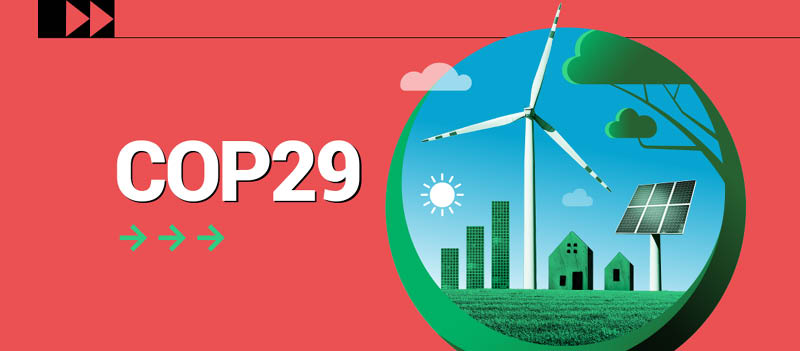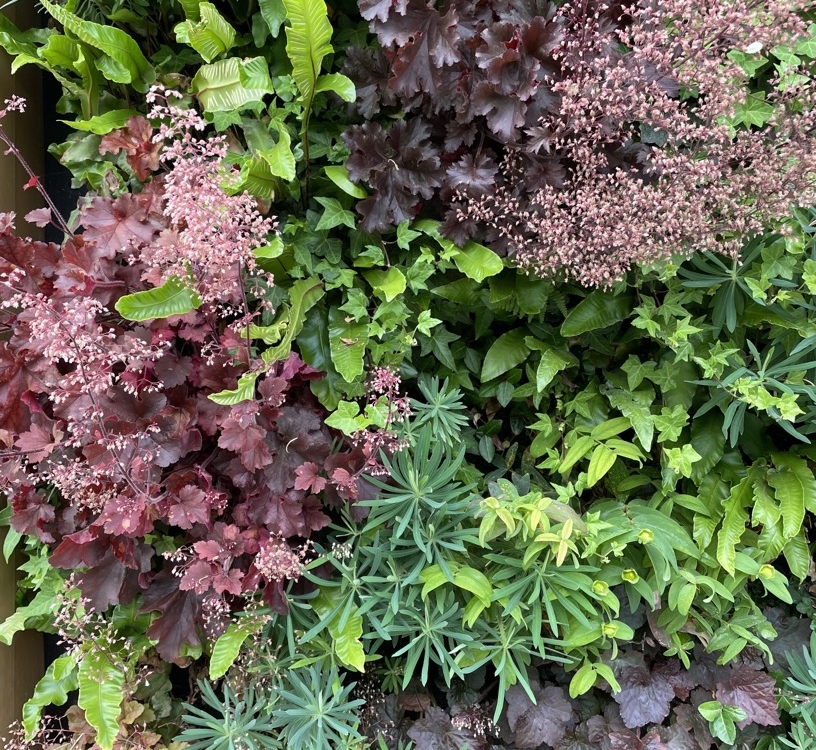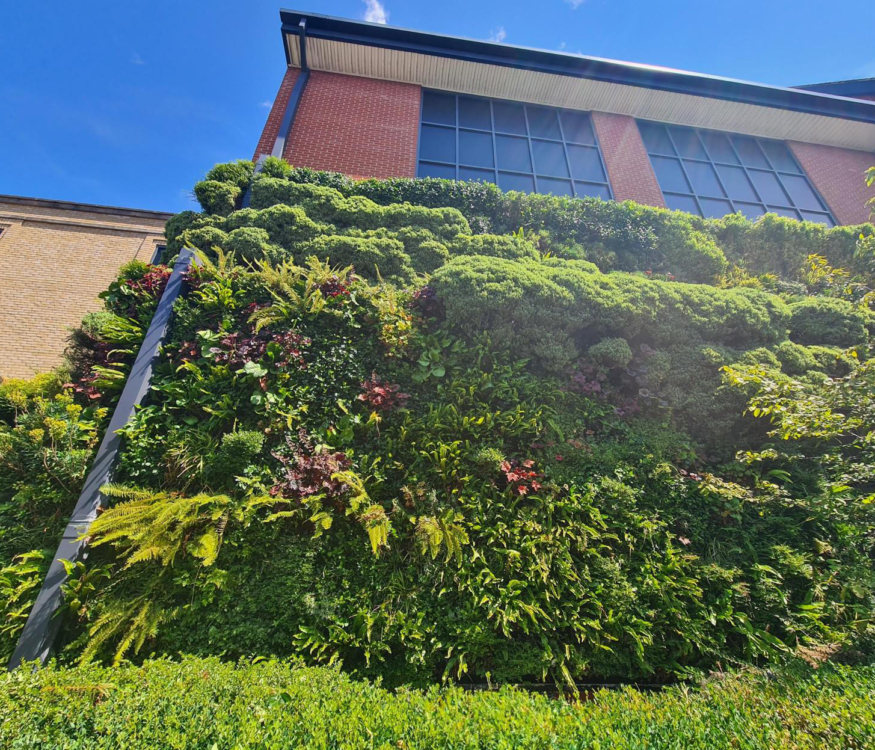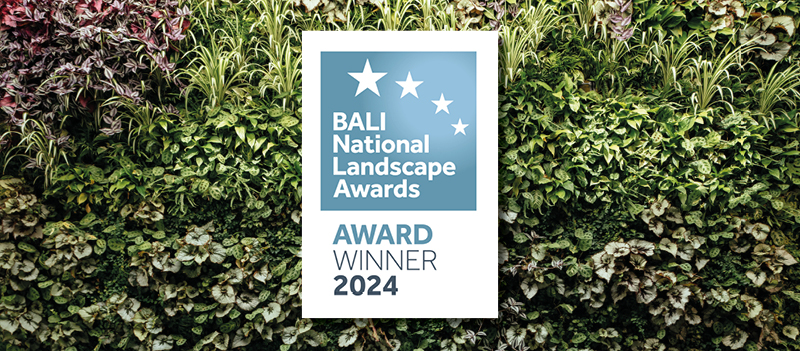This year’s COP26 conference includes a day dedicated to ‘Cities, Regions and Built Environment’. This is in recognition that our urban environment needs a radical re-think if we are to mitigate and adapt to the effects of climate change.
The current focus for the built environment industry is on creating Net Zero Carbon buildings. This is a vital part of tackling the climate emergency, but it shouldn’t be our only focus. If we are to move towards a sustainable future, a holistic approach is the only way, including re-thinking our connection with nature.
Humans are intrinsically connected to nature, but the sad reality is we have often chosen to ignore it and not to consider the impact that our decisions have on the natural world. The biosphere that surrounds our earth is 12 miles thick and it’s the only place we know of where life exists, and yet we continue to push boundaries that we shouldn’t be pushing. Our economy and society can only exist within a viable biosphere. We need to stop doing things ‘for the planet’ as if it was an optional extra – we need the planet, the planet doesn’t need us.
Biotecture has been designing and installing living walls for almost 15 years, and we are passionate about what we do because there is no other building material that offers benefits across the whole Planet-People-Business spectrum.
Building Bio-Membranes
Green infrastructure such as living walls can help mitigate the effects of rising temperatures and reduce our reliance on mechanical heating and cooling. Studies show that by putting plants on buildings we can decrease their winter heating costs by up to 8% and reduce air conditioning costs in summer by over 50%. Studies also show that green walls can reduce air temperature around them by up to 4°C.
The urban heat island effect is a growing concern for policy makers. We’ve all experienced it when visiting a city on a hot summer’s day and can feel the heat emitted from the pavement and building facades.
Climate change will exacerbate this problem, with studies by the Swiss Federal Institute of Technology predicting that London will have a climate similar to Barcelona by 2050. Plants within living walls provide natural shade and absorb heat, which can be seen from this thermal image in London. The building on the right has our living wall (cooler), whereas the building on the left shows elevated façade temperatures.

Living wall at Synergy House, Southampton Row, thermal imagery showing the living wall is cooler than the neighbouring facade.
Phytoremediation
Phytoremediation is biological filtration, the use of plants to decontaminate soil and groundwater. Often when we think about filtration, we start to think about mechanical solutions, but biological solutions work very well. Plants provide us with the perfect cocktail in which to breathe.
In major cities the width between buildings is often less than the height of buildings creating ‘urban street canyons’. In this space air becomes endlessly trapped, circulating contaminants such as sulphur dioxide, nitrogen dioxide and particulate matters until something takes it out of circulation, hopefully not our lungs! Living walls can help absorb this pollution.

This living walls helps to reduce air pollution on a busy roundabout in Elephant and Castle.
Biodiversity Net Gain
Biodiversity is vital to maintaining healthy ecosystems, and healthy ecosystems are vital to tackling climate change and maintaining our food chain. You would typically find about four species of spider on 100sqm of blank wall, compared to 19 species on 100sqm of living wall. The new Environment Bill when it becomes law will require all planning applications to increase biodiversity by 10 per cent. Living walls are a space efficient way to achieve this. The Biotecture team are horticultural experts, and we can select plants to encourage biodiversity or even target individual inspect species. We can also incorporate habitat boxes into our living walls.

The Veolia Energy Facility in Leeds incorporates over 100,000 plants including larger shrubs, small trees and over 700 habitat boxes.
In the light of all the climate challenges we face, it’s important to take a positive view. Sometimes just focusing on reducing the negatives is a difficult message to impart. At Biotecture we like to focus on the ways that moving to a greener economy will enrich our lives.
Living walls can help to mitigate some of negative impacts of urban living including, air pollution, biodiversity loss, water runoff and rising temperatures, but they also enrich our spaces and improve our wellbeing.
———
Richard Sabin recently presented a webinar as part of the NBS Sustainability Series which is available to watch on demand now: Sustainable Outcomes for the Construction Industry.
Our living wall systems, allow us to help bring greenery to projects of all sizes, from freestanding ‘quick wins’ to integrated living walls which are part of the building fabric. Browse the website for more information, or get in touch.




